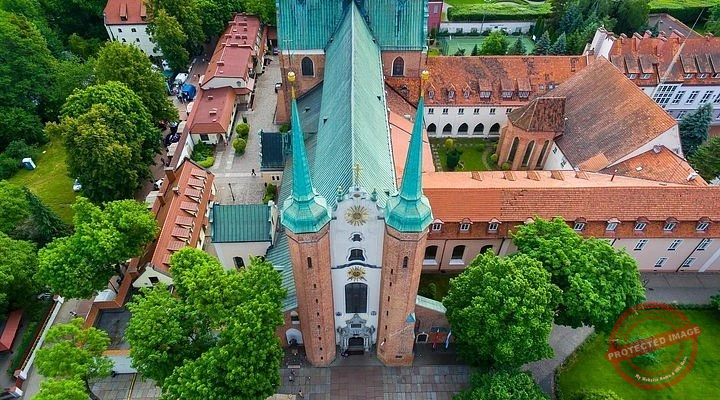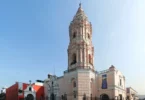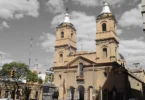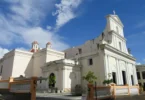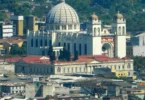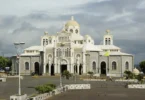Introduction
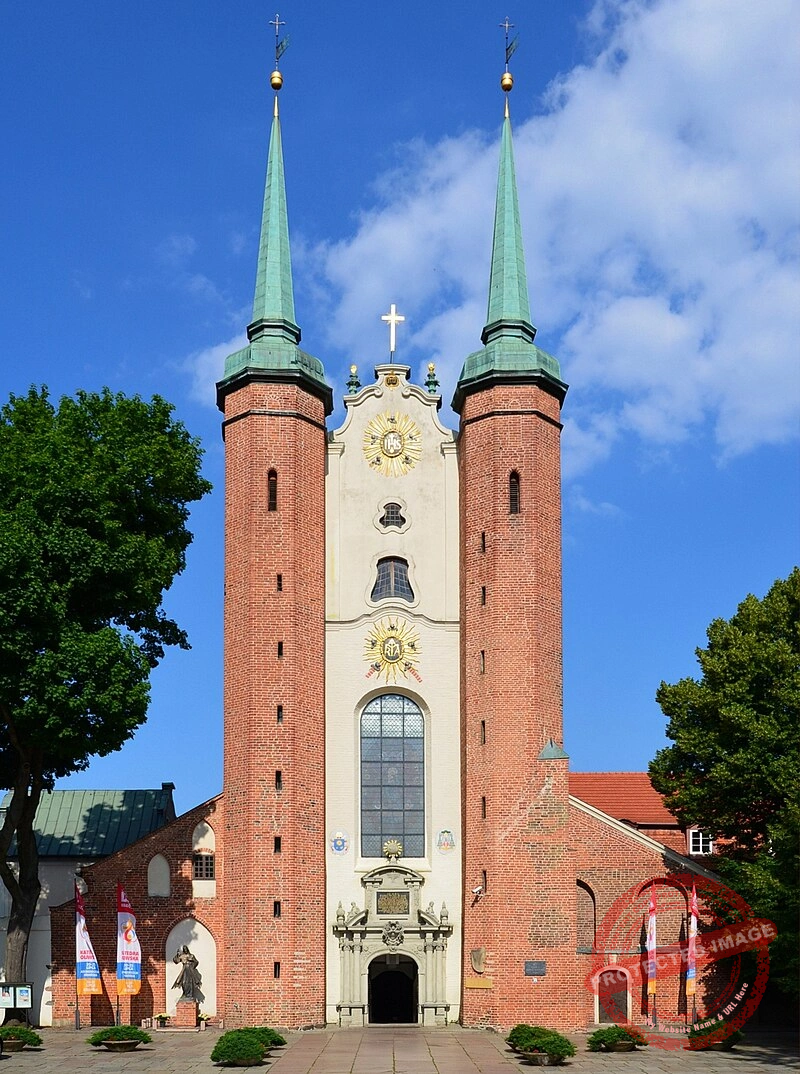
The Oliwa Cathedral, officially known as the Archcathedral Basilica of the Holy Trinity, is a historic Roman Catholic church located in the Oliwa district of Gdańsk, Poland. Built in the late 14th century, the cathedral originally featured a Brick Gothic style, though over time it has incorporated striking Mannerist and Baroque elements. It’s especially famous for its monumental pipe organ, which draws visitors from around the world. The cathedral is part of the Gdańsk Oliwa deanery in the Archdiocese of Gdańsk and sits on Bishop Edmund Nowicki Street. In recognition of its architectural beauty and cultural significance, it was added to Poland’s list of Historic Monuments in November 2017. Today, it remains an active parish and a treasured landmark in the Pomeranian Voivodeship.
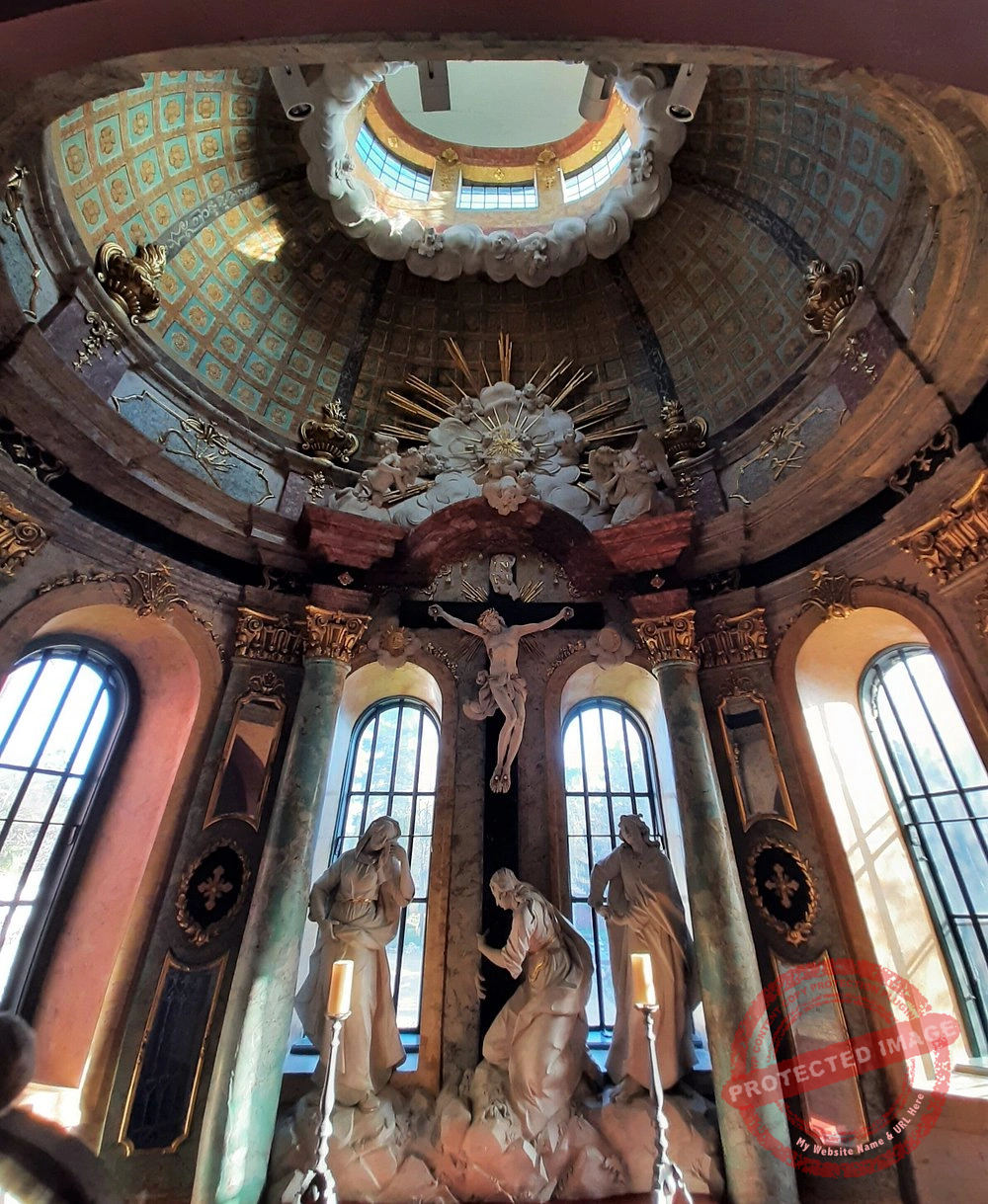
The history of the Oliwa Cathedral goes all the way back to July 2, 1186, when Duke Sambor I of Pomerania founded a Cistercian monastery there, originally called Beatae Mariae de Oliva. Sadly, the early years were filled with destruction first in 1224, when pagan Prussians attacked and burned down the original Romanesque oratory, and again in 1234 (or 1236) when the rebuilt church was destroyed in another Prussian raid. Then in 1350, a fire caused by a soot-filled chimney burned the whole church and monastery to the ground. The version we see today was shaped during the second half of the 14th century. Trouble came again in 1577, during a conflict between Gdańsk and the Polish-Lithuanian Commonwealth, when Gdańsk mercenaries burned the abbey. It was rebuilt between 1578 and 1583, and re-consecrated by Bishop Hieronim Rozdrażewski on August 14, 1594. Later, on October 1, 1831, the Prussian authorities dissolved the Cistercian monastery, turning the church and parts of the monastery into a Catholic parish. Things changed in 1925 when Pope Pius XI established the Diocese of Gdańsk and gave Oliwa’s church the status of a cathedral. Decades later, on July 8, 1976, Pope Paul VI raised it to the rank of a minor basilica, and finally, on March 25, 1992, Pope John Paul II established the Archdiocese of Gdańsk with Oliwa as its seat, officially making the basilica an archcathedral.
Architecture of Cathedral Basilica of the Most Holy Trinity, Gdańsk Oliwa, Poland
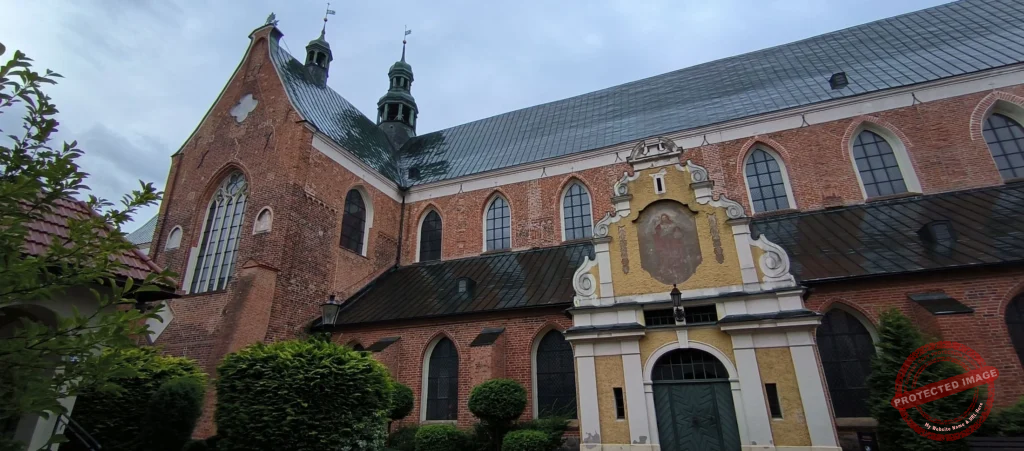
Architectural style: Gothic architecture, Baroque architecture, Brick Gothic architecture.
The building is a three-nave basilica with a transept and a polygonal chancel with an ambulatory. The façade is flanked by two slender towers, each 46 meters high, with pointed domes 18 meters high. Destroyed in 1945 and rebuilt in 1971, it is enlivened by a Baroque portal from 1688, as well as three windows of various sizes and three cartouches. A bell tower, a typical Cistercian architectural element, dominates the intersection of the naves. It is 107 meters long externally (the longest church in Poland) and 97.6 meters internally, 19 meters wide, with a nave height of 17.7 meters. It is the longest Cistercian church in the world, housing works of sacred art in the Renaissance , Baroque, Rococo , and Classicist styles of high artistic quality. The floor, dating from 1634–1636, lies almost a metre lower than the surrounding ground. In addition to the chapels, the church features a porch on the north side, built in 1919. The northern nave, ambulatory, and Chapel of the Holy Cross have been buttressed. Buttresses with arches, visible above the ambulatory roof, support the eastern corners of the chancel.
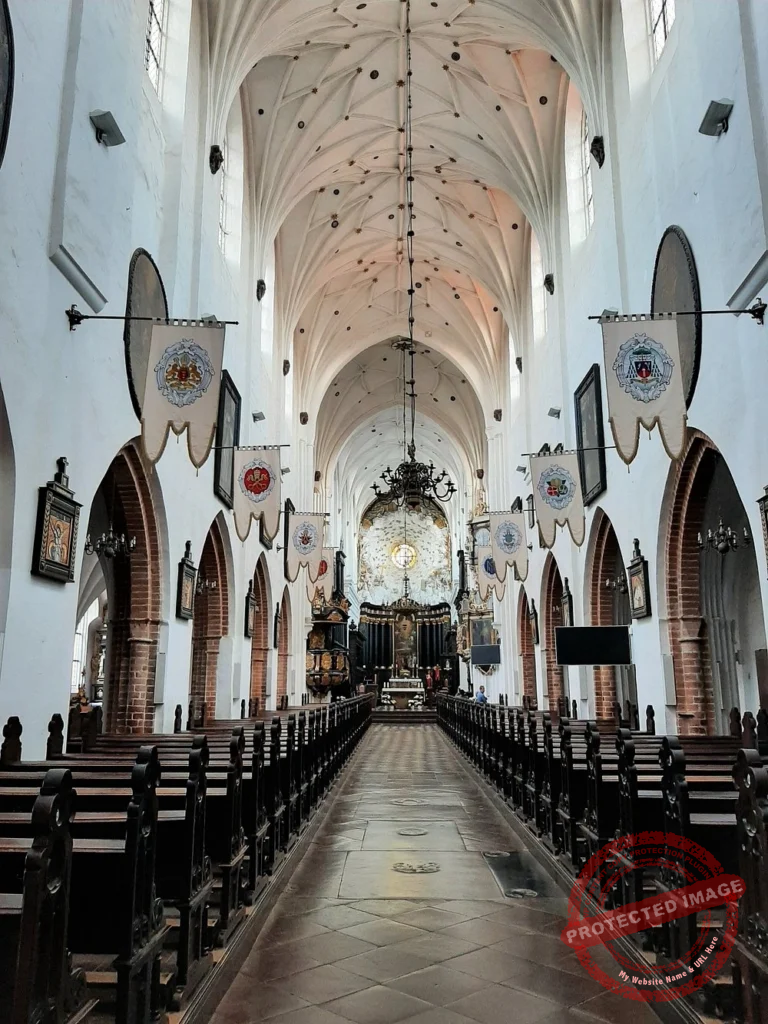
The cathedral's interior
Inside the cathedral are 23 altars of great historical value, mostly Baroque and Rococo, partly made of marble or marble imitations. Their iconographic content reflects the program of the post-Tridentine church. The old main altar, made in the Dutch Renaissance style in 1605, and the current main altar, the most complete Baroque work in Pomerania (1688), are noteworthy. The paintings in the altars, presbytery and main nave are the work of 17th-century Gdańsk painters: Herman Han (1574–1628), Adolf Boy (1612–1680), Andrzej Stech (1635–1697) and Andreas Schlüter (1660–1714). The interior decoration is complemented by the Rococo chapels of St. John of Nepomuk and the Holy Cross, a pulpit, tombstones, epitaphs , the tomb of the Pomeranian dukes, the Kos family tombstone , the bishop’s crypt, historic chandeliers, canopies, a cultically and artistically valuable feretory depicting Our Lady and Child, carried on pilgrimages to the Wejherowo Calvary, and many other monuments of the church and the former Cistercian monastery. The Parents’ Rosary prayer was made the patron saint of Our Lady of Oliwa on December 8, 2006.
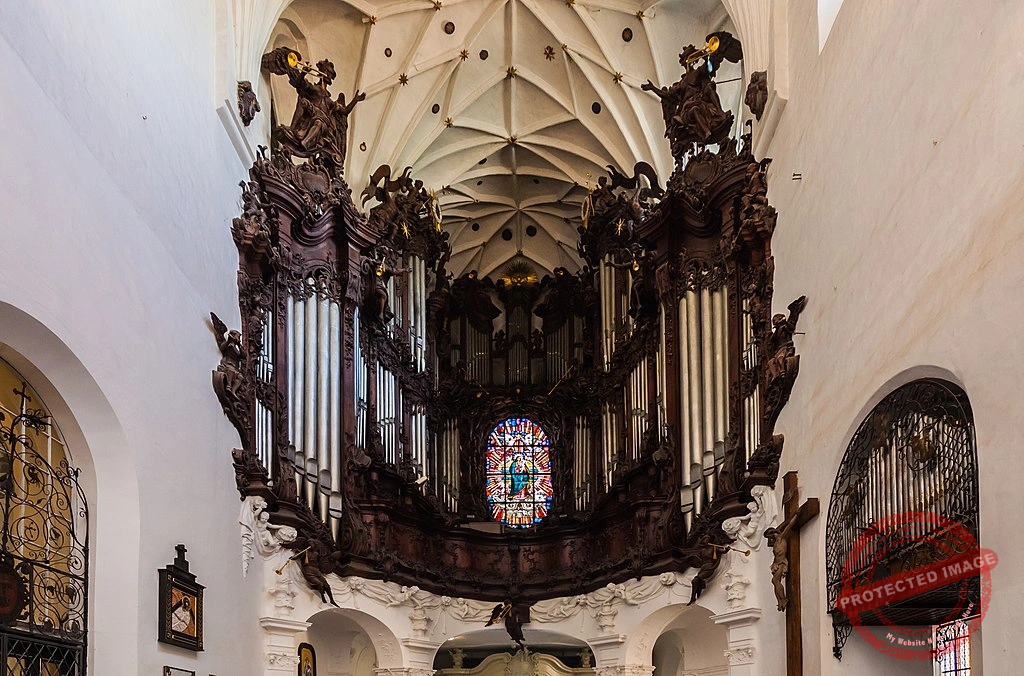
Great organ
- 1761–1788: Johann Wilhelm Wulff (Oliwa)
- 1789–1793: Friedrich Rudolf Dalitz (Gdańsk)
- 1861–1865: Friedrich Kaltschmidt (Szczecin)
- 1933–1935: Joseph Goebel (Gdansk)
- 1955: Waclaw Biernacki (Krakow)
- 1967–1968: Zygmunt Kamiński (Warsaw)
18th and 19th centuries
Father Johann Wilhelm Wulff designed and constructed the enormous Oliwa organ at the request of Abbot Jacek Józef Rybiski between 1763 and 1788. The finished instrument had 83 stops (5,100 pipes), three manuals (Hauptwerk, Oberwerk, Kronwerk), a pedal, a mechanical tracker, and 14 wedge bellows. The first of its kind in northeastern Europe, a freestanding playing table was positioned in the gallery’s center. The case was decorated with Rococo carvings and featured moving elements that remain functional to this day (angels with bells and trumpets, stars, and suns the so-called angelic orchestra ). It was probably the largest organ in Europe and the world at the time. At the request of the new princely abbot, in the years 1790–1793 the renowned Gdańsk organ builder Friedrich Rudolf Dalitz moved the counter to the side part of the gallery, which involved interference with the very complicated, due to its size, action of the instrument. Friedrich Kaltschmidt, a Szczecin organ builder, rebuilt the grand organ in a Romantic style between 1863 and 1865. He made a new mechanical tracker, rebuilt 32 stops, kept 52 stops from the Wulff organ, some of which he changed, and all the case pipes. In keeping with the prevailing trends of the time, he placed the third manual (Kronwerk) in the expression cabinet. After the reconstruction, the instrument had 84 stops, distributed among three manuals and a pedal.
20th and 21st centuries
The Prussian army took some of the small pipes during World War I and burned them. The interwar period saw the instrument’s most significant changes. Joseph Goebel, a Gdask organ builder, built a new electro-pneumatic tracker with windchests and increased the organ’s capacity to four manuals between 1934 and 1935. He used 51 stops from the previous organ (reconstructing some of them and adding new pipes). He also combined the grand organ with the choir organ. The main organ had 82 stops (plus 5 transmitted stops) following the reconstruction. The organ suffered extensive losses and damage during World War II. In the immediate postwar years, it was repaired by Fryderyk Szwarc of Kartuzy, a student and employee of Joseph Goebel’s former workshop. The instrument was partially restored as a result of this. In 1955, Wacław Biernacki from Kraków carried out further renovation of the organ. The most recent reconstruction, involving significant intervention in the organ’s sound, was carried out between 1966 and 1968 by Zygmunt Kamiński’s organ workshop from Warsaw , with the aim of adapting the organ to concert requirements. A new layout design was introduced, missing pipes were replaced, and a new, independent positive organ was added, located in the third western arcade. The grand Oliwa organ has five manuals, 96 stops, a pedal, and an electro-pneumatic action today. It also features an electronic recording system for 64 combinations (the so-called Setzer) and is connected to the choir organ. It is one of the largest organs in Poland. The case pipes are entirely by Wulff and are also the oldest surviving part of the instrument. Despite this, these pipes do not contribute to the production of sound because, since the 1934–1935 renovation, they have only served as facade embellishments. At the same time, almost the entire internal sound substance is significantly newer and dates from the periods of the instrument’s largest renovations, i.e., 1934-1935 and 1966-1968. The first organist of the Oliwa organ is Prof. Perucki Roman There are twenty-minute concerts every day, except on holidays and some other days specified in the Oliwa Organ Demonstration Schedule, during which you can listen to music played on the grand organ.
Demonstration concerto
There is a twenty-minute concerto organized daily except for the principal feasts and a few other days as specified in the concerto schedule. Visitors have to be in the cathedral before the hour given as the door may be closed during the concerto. Prior to listening to the music, Christian visitors typically recite the Our Father.
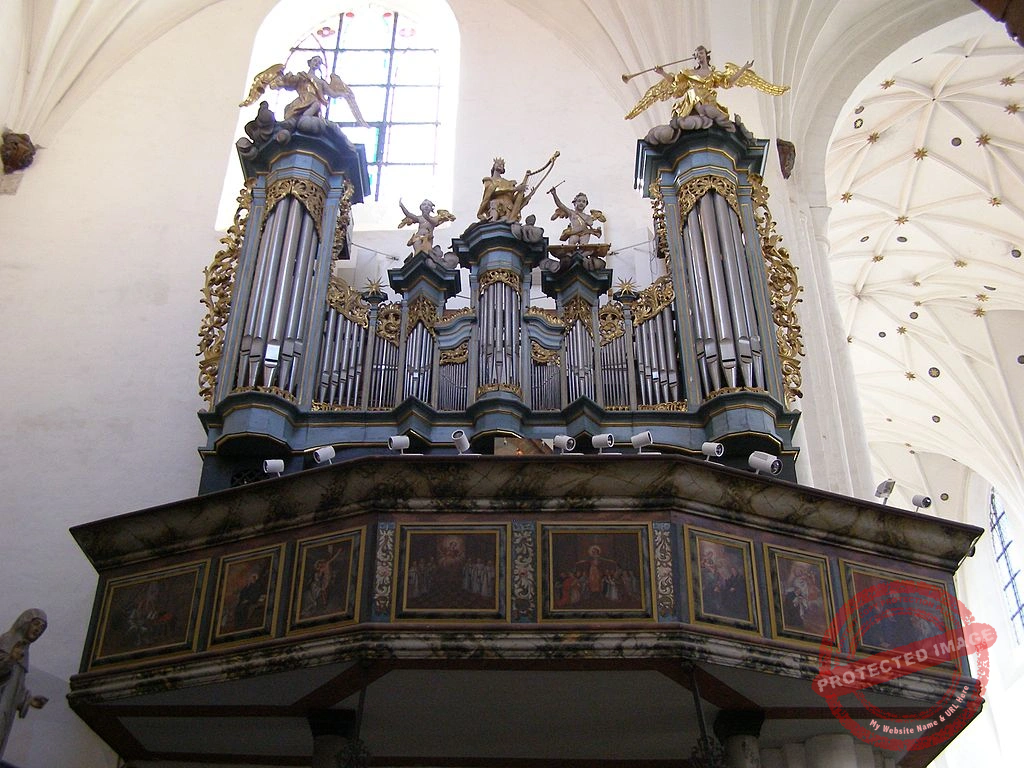
Choir organ
Johann Georg Wulff constructed the 14-stop choir organ in the south wing of the transept in 1680. Johann Wilhelm Wulff refurbished the instrument in 1758 and increased its range to 18 stops. Subsequently, in 1874, Karl Schuricht carried out unspecified renovation work. In 1902, the Berlin firm of brothers Oswald and Paul Dinse rebuilt the organ, introducing a pneumatic action and reducing the number of stops to 14 (2 manuals and a pedal). In the years 1934–1935, while working on the grand organ, Joseph Goebel installed a new electric tracker and connected the instrument to the main console. Emanuel Kemper imported a modern German 17-stop organ with a mechanical and electric stop tracker in 2003 to replace the historic choir organ. The work was carried out by organ builder Jerzy Kukla, who installed the modern instrument in the historic organ case. The main organ and the choir organ are connected. The main organist of the choir organ is Dr. Dys Hanna.
Feast Day
Feast Day : 14 August
The Archcathedral Basilica of the Holy Trinity in Gdańsk-Oliwa, Poland, celebrates its principal feast day on August 14, commemorating the dedication of the cathedral in 1594 by Bishop Hieronim Rozdrażewski. This local solemnity marks the spiritual foundation of the cathedral and its importance as a religious and historical landmark. In addition to its dedication to the Holy Trinity, the cathedral is also under the patronage of the Blessed Virgin Mary and St. Bernard of Clairvaux, whose feasts are celebrated on August 15 and August 20, respectively.
Church Mass Timing
Monday to Saturday : 7:00 AM , 8:00 AM , 6:00 PM
Sunday : 7:00 AM , 8:30 AM , 10:00 AM , 11:30 PM , 1:00 PM , 6:00 PM , 8:00 PM
Church Opening Time:
Monday to Saturday : 9:00 AM, 6:00 PM.
Sunday : 2:00 PM, 6:00 PM.
Contact Info
Address : Oliwa Cathedral
Biskupa Edmund Nowicki 5, 80-300 Gdańsk, Poland
Phone : +48 58 552 47 65
Accommodations
Connectivities
Airway
Cathedral Basilica of the Most Holy Trinity, Gdańsk Oliwa, Poland, to Gdańsk Lech Wałęsa Airport, distance between 18 min (12.6 km) via DW218.
Railway
Cathedral Basilica of the Most Holy Trinity, Gdańsk Oliwa, Poland, to Wrzeszcz Gdańsk station, distance between 14 min (5.8 km) via aleja Grunwaldzka/DW468.

